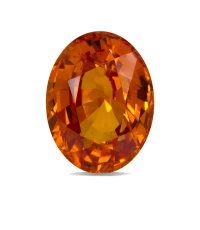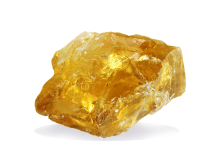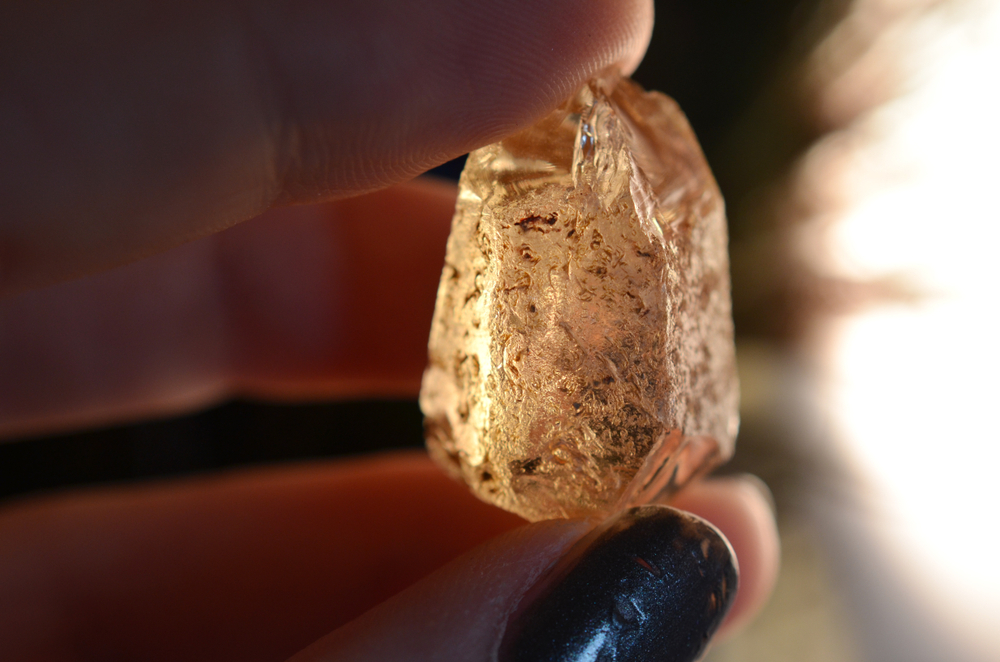Citrine


Citrine is the transparent, pale yellow to brownish orange variety of quartz.

Citrine Description
Citrine—the transparent, pale yellow to brownish orange variety of quartz—is rare in nature. In the days before modern gemology, its tawny color caused it to be confused with topaz. Citrine’s attractive color, plus the durability and affordability it shares with most other quartzes, makes it the top-selling yellow-to-orange gem. It’s an attractive alternative not only for topaz, but also for yellow sapphire. The finest citrine color is a saturated yellow to reddish orange free of brownish tints.
Since natural citrine is rare, most of the citrine on the market is the result of heat treatment, which causes some amethyst to change color from undesirable pale violet to an attractive yellow. The amethyst’s original hue can determine the richness of the resulting citrine’s yellow color.
Citrine crystals occur in a wide range of sizes, and citrine sizes up to 20 carats are readily available in jewelry. Although citrine is available in standard shapes and sizes, many high-end jewelry designers and gem carvers have fashioned the warm yellow gem into unusual cuts for jewelry and carvings.
Gemstone Details
Birthstones and Anniversaries
Along with topaz, citrine is a birthstone for November. It’s also recognized as the gem that commemorates the thirteenth anniversary.
Citrine Gemstone as rough


Citrine History and Lore
People have used quartz in jewelry for thousands of years. Egyptians gathered ornately striped agates from the shore and used them as talismans, the ancient Greeks carved rock crystal ornaments that glistened like permafrost, and the hands of Roman pontiffs bore rings set with huge purple amethysts.
Natural citrine is rare, and today most citrine quartz is the result of heat treatment of amethyst quartz. Even so, gems from the Victorian era have surfaced, and it’s not hard to imagine that citrine was treasured even in earlier times.
COLOR CHANGE
Making alexandrite change color from green to red is the world’s most fun use of a penlight.
GEODES
Giant hollow crystal-lined amethyst geodes from areas like Brazil are often heated to become giant citrine “cathedrals.”
AMETRINE
In Bolivia, amethyst and citrine colors can occur together in the same crystal. These unique gems are called ametrine.
COLOUR
Vivid yellows, reddish oranges, and earth tones are popular with consumers.
CLARITY
Eye-visible inclusions are not common in citrine. If present, they decrease its value.
CUT
Citrine might be carved, custom-cut, or calibrated for jewelry use.
CARAT WEIGHT
Citrine is available in a wide range of sizes for setting into a variety of jewelry styles.